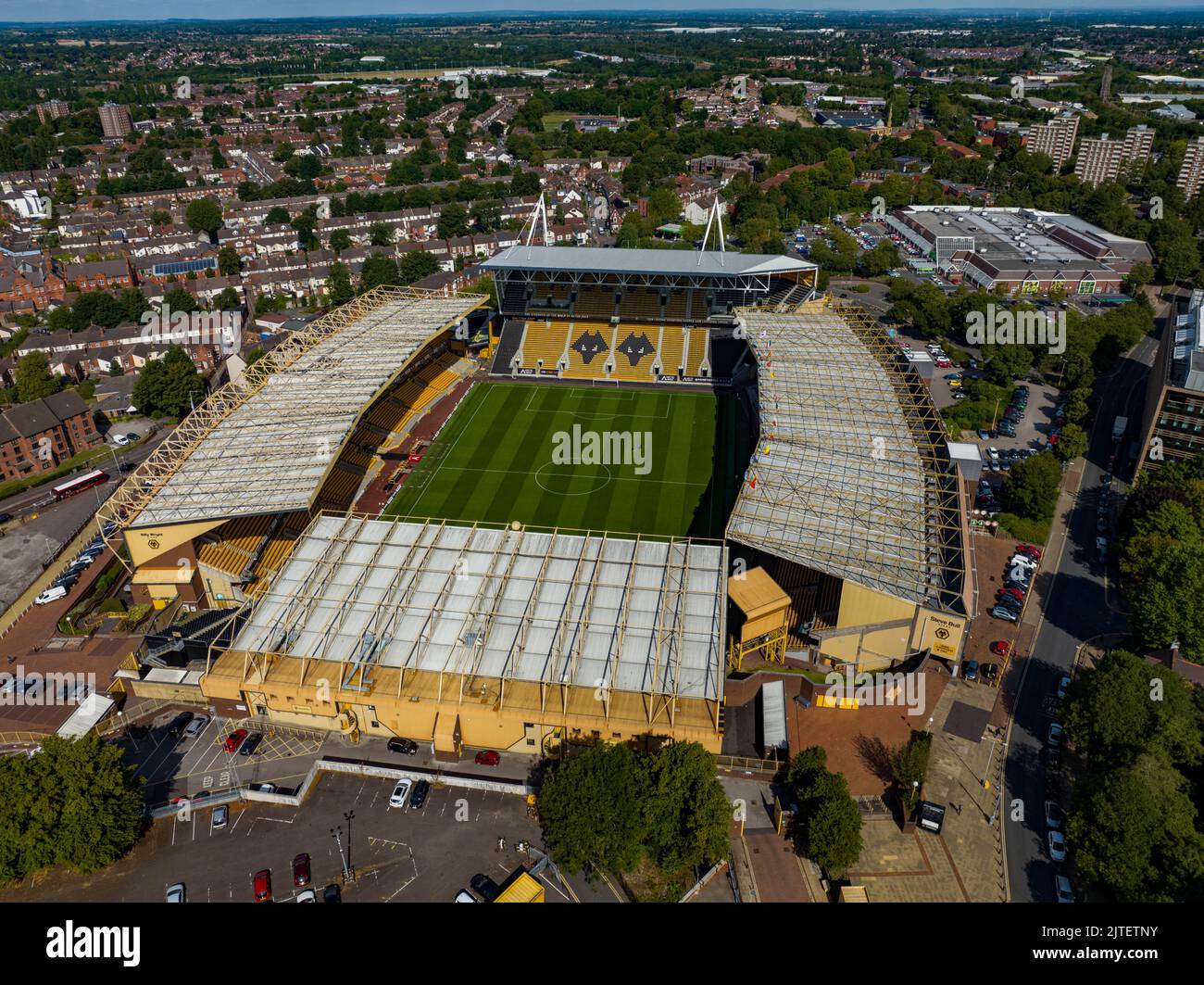
Introduction
Transylvania is a region steeped in myth, history, and natural beauty, located in central Romania. Known for its medieval towns, fortified churches, and the legendary vampire count, Dracula, Transylvania draws millions of visitors each year. Its combination of stunning landscapes and rich cultural heritage makes it a significant destination for both history enthusiasts and travellers seeking unique experiences.
Historical Significance
Transylvania has a diverse history shaped by various cultures and peoples. The region has been home to the Dacians, Romans, Hungarians, and Saxons, all of whom have left a distinct mark on its architectural and cultural landscape. Notable cities such as Sibiu, Brașov, and Sighișoara showcase well-preserved medieval architecture and are often featured on lists of Europe’s most beautiful towns.
The Dracula Legend
Perhaps one of the most famous aspects of Transylvania is its association with Bram Stoker’s fictional character, Count Dracula. The real-life inspiration for Dracula, Vlad the Impaler, ruled in the 15th century and was known for his ruthless tactics. Today, Bran Castle, often dubbed “Dracula’s Castle,” attracts tourists eager to learn about the history behind the myth. Various tours and events celebrate the Dracula legend, providing a blend of horror and fascination for visitors.
Natural Beauty and Attractions
Beyond its historical and cultural allure, Transylvania boasts breathtaking natural vistas, including the Carpathian Mountains and numerous national parks. The stunning landscapes provide ample opportunities for hiking, skiing, and exploring the outdoors. The Apuseni Mountains, in particular, are known for their impressive caves and rich biodiversity, attracting nature lovers and adventure seekers alike.
Modern Day Transylvania
In recent years, Transylvania has seen a rise in sustainable tourism, with local communities promoting eco-friendly practices and preserving their heritage. Festivals, such as the Transylvanian International Music Festival, help celebrate the region’s cultural richness while also supporting local artists and businesses.
Conclusion
Transylvania remains a fascinating destination that merges myth with reality. Its rich history, captivating culture, and stunning natural beauty illustrate why it is an enduring attraction for visitors from around the globe. The future looks promising for the region as it continues to attract a diverse range of tourists, from history buffs to those seeking adventure, ensuring that the legacy of Transylvania will be cherished for generations to come.
You may also like

Exploring Monmouth: History, Attractions and Community

Exploring Wolverhampton: A Gateway to Culture and History
